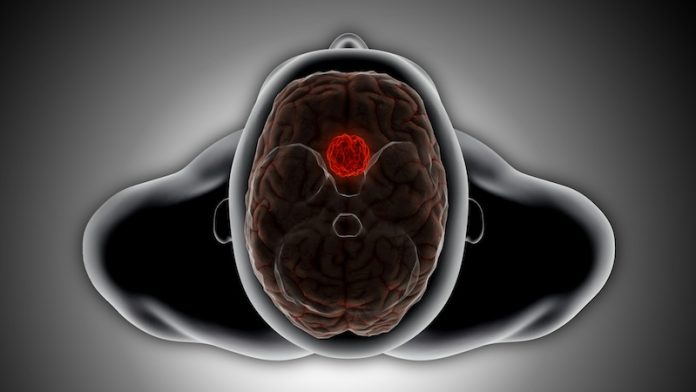
A new study from researchers at Gladstone Institutes and UC San Francisco has uncovered surprising insights into how the brain’s support cells—not neurons—may play a major role in diseases like Alzheimer’s and stroke.
These “guardian” cells form the brain’s protective barrier and are responsible for regulating what enters the brain, cleaning waste, and defending it from threats.
The findings, published in the journal Neuron, show that many genetic risk factors for neurological diseases act in these barrier cells, rather than in neurons, which have long been the main focus of brain research.
“Our study shifts attention to the cells forming the brain’s borders,” said Dr. Andrew C. Yang, senior author of the study. “These cells may actually play a central role in triggering disease.”
Over the years, scientists have identified many DNA variants linked to neurological diseases such as Alzheimer’s, Parkinson’s, and multiple sclerosis.
However, about 90% of these variants aren’t found in genes themselves but in nearby regions of DNA that help control gene activity. Until now, researchers didn’t know which cells these variants affected or how they worked.
To tackle this, the Gladstone team created a new technology called MultiVINE-seq. It allowed them to gently extract blood vessel and immune cells from human brain tissue donated after death. This method gave them a clear picture of which genes were active in each type of cell and how their “dimmer switches” — known as chromatin — were set.
They studied 30 brain samples from people with and without brain diseases and combined their findings with large genetic datasets from studies on Alzheimer’s, stroke, and more. What they discovered was eye-opening: many of the genetic risk factors for these diseases were active in blood vessel and immune cells, not neurons.
“Before this, we didn’t know where these risk genes acted,” said Dr. Madigan Reid, one of the lead authors. “Now we see that many are working in the brain’s protective barrier cells.”
The study also showed that different diseases disrupt these cells in different ways. For stroke, the genetic risk factors weakened the physical structure of blood vessels. For Alzheimer’s, the variants affected immune signaling, causing excessive inflammation.
One variant stood out: a common one near the PTK2B gene, found in over a third of people. It was most active in T cells — a type of immune cell — and may increase their activity in the brain.
These hyperactive T cells were found near amyloid plaques, the protein clumps seen in Alzheimer’s patients. This suggests that too much immune activity might worsen the disease.
Even more promising, PTK2B is a “druggable” target, with some cancer drugs already designed to inhibit it. This opens the door to exploring whether those drugs could help fight Alzheimer’s too.
Dr. Yang says these brain barrier cells are now key to understanding and treating neurological diseases. Because they sit at the border between the brain and body, they’re easier to reach with drugs and are influenced by lifestyle factors like diet and exercise.
“This work brings attention to the brain’s unsung defenders — its vascular and immune cells,” Yang said. “Targeting these cells could offer new ways to protect the brain from disease, possibly using treatments that don’t need to cross the blood-brain barrier.”
The study, “Human brain vascular multi-omics elucidates disease risk associations,” was published on July 28, 2025.
If you care about Alzheimer’s disease, please read studies about Research shows root cause of Alzheimer’s disease and new treatment and findings of Scientists find the link between eye disease glaucoma and Alzheimer’s disease.
For more information about Alzheimer’s disease, please read studies about Scientists find a new way to treat Alzheimer’s disease and findings of Fluctuating cholesterol and triglyceride levels are linked to Alzheimer’s disease.
The study is published in Neuron.
Copyright © 2025 Knowridge Science Report. All rights reserved.



